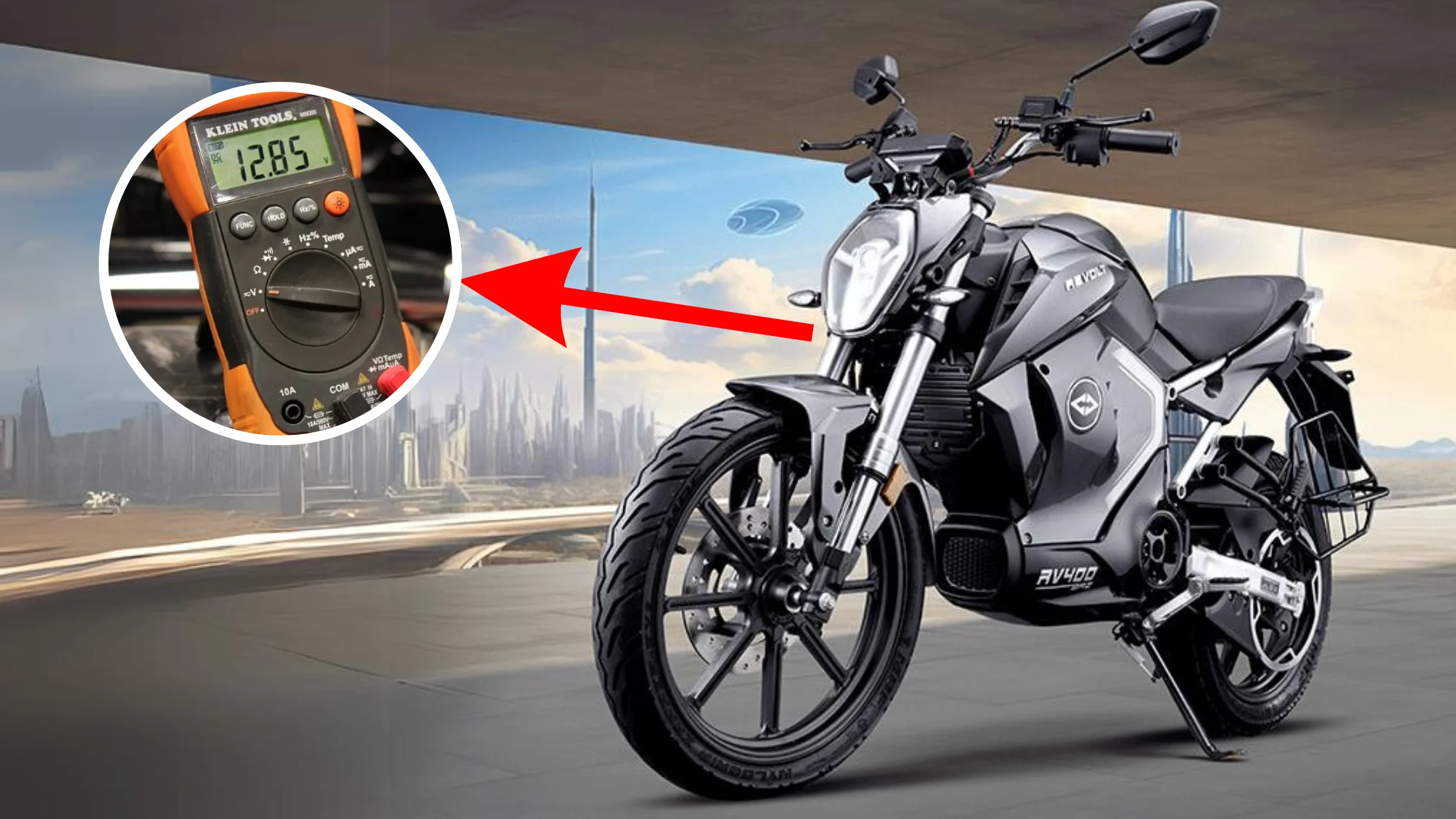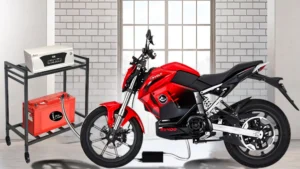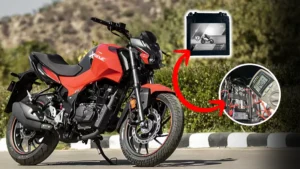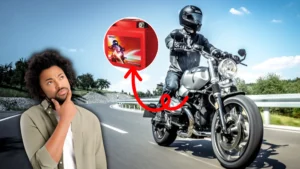Keeping your bike’s battery in good condition is crucial for dependable riding and a reduction in preventable bike malfunctions. Checking the battery on a regular basis will extend its life and ensure flawless operation of your bike. This post will walk you through the process of assessing and tracking the condition of your bike’s battery and answer some common questions about it.
Indicators of a Weak or Failing Battery:
It’s critical to recognize these indicators before learning about the testing procedure for a failing battery. Among these are:
- When starting the bike, there would be a slow crank.
- In addition to having issues with the electrical parts, the headlights would be muted.
- In addition to ballooning, the battery will overheat.
- The charge will be too much for the battery to handle.
- You should do a comprehensive examination of the battery’s condition if any of these issues are present.
Step 1: Testing the Voltage While Standing:
The easiest approach to determine the charge state of your battery is to perform a standing voltage test. Take these actions:
- Make sure your bike has been sitting for at least a few hours after turning it off.
- The black lead of a digital multimeter is connected to the negative (-) terminal of the battery, while the red lead is connected to the positive (+) terminal.
- The voltage of the battery is measured after the connection. A reading of 12.6 to 12.8 volts is regarded as normal.
- Should the voltage drop to less than 12.4 volts, it could be necessary to replace or recharge the battery.
Step 2: Check the Battery When It’s Loaded
Try the following test to see if your battery can support a load:
- While the multimeter is still connected, turn on the bike and allow it to idle.
- It shouldn’t take more than ten seconds for the voltage to fall below 9.6 volts.
- In the event that the bike is not starting or the voltage drops, either the battery or the charging mechanism may be broken.
Step 3: The current draw test is run.
Your battery’s parasitic drains must be found with a current draw test. A load tester is required for this:
- While the key is being taken out of the ignition, all electrical parts are off.
- The load tester is linked to the battery connections.
- The maximum current draw of 0.1 amps (100 milliamperes) must be maintained, and the current draw must be completed within 30 minutes.
- If the current draw is greater, there could be an electrical problem that drains the battery.
Also Read: How to Check Your Bike Battery Health
Frequently Asked Questions
A load test should be performed every six months and a standing voltage test should be performed at least once per month.
Before charging your bike’s battery at home, make sure you always follow the manufacturer’s recommendations and take all necessary safety precautions. It’s also safe to do so as long as you follow the right procedures.
There are two varieties of batteries: conventional and contemporary. Traditional lead-acid batteries are being replaced by lithium-ion batteries in more contemporary bikes. Lithium-ion batteries require particular charging techniques and have a different resting voltage range of 12.8 to 13.4 volts.
Conclusion
Reliability and fewer preventable problems are directly correlated with the state of the bike battery. An extended battery life and smooth performance can be achieved with routine maintenance. By connecting a digital multimeter to the battery terminals and measuring the voltage between 12.6 and 12.8 volts, you can do a standing voltage test to find indications of a failing battery. Battery replacement or recharge may be necessary if the voltage drops below 12.4 volts.




